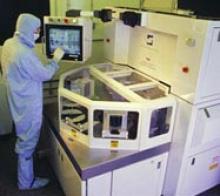Faster Extraction from Cadence
Cadence recently announced new extraction tools, claiming both greater speed (5x) and best-in-class accuracy for full-chip extraction. And what is it that lets them speed up without sacrificing results?
The answer is the same thing that has benefited so many EDA tools over the last few years: parallelism. Both within a box (multi-threading) and using multiple boxes (distributed computing). The tools can scale up to hundreds of CPUs, although they’re remaining mum on the details of how they did this…
They have two new tools: a new Read More → "Faster Extraction from Cadence"



